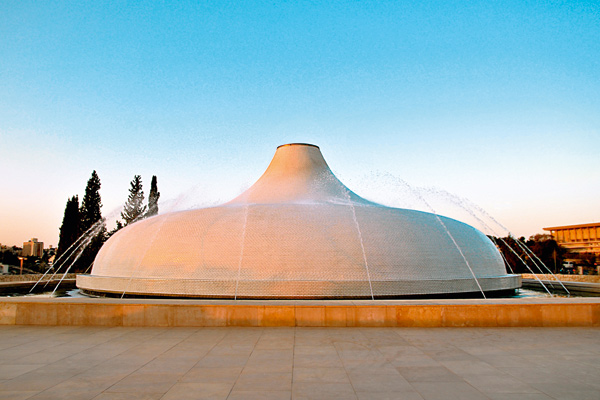Phaidon Press invented the art book. It was in 1930s Vienna that Bela Horovitz and Ludwig Goldscheider established the format of the illustrated monograph: a short essay by an expert, usually an Austrian art historian hired for a modest fee, followed by a sumptuous range of high-quality repro.
They left before the Anschluss and arrived in London, bringing their distinguished backlist with them. Effete British art history was immediately fortified by stern German-language methodology. After several changes of ownership, direction and fortune, not all of them good, Phaidon is now perhaps the outstanding international publisher of illustrated books.
Production values have always been a Phaidon priority, but the comfortable, formulaic old monograph has gone, to be replaced by the high-concept book. In a revealing way this pantomimes the changing status of art: once the concern of sophisticated coteries, art is now indistinguishable from the trashy global luxury business lashing about in its garish pools of excess. If you think £125 is expensive for a book, you are not its target market.
20th-Century World Architecture is high-concept indeed. So much for 20th-century architecture advocating lightness and efficiency. This galumphing monument weighs as much as a stack of concrete roofing tiles and is no more comfortable to handle. It has 3,800 photographs and 1,300 line drawings. To drop it would be to risk serious injury. One hundred and fifty ‘experts’ have selected 757 representative buildings. In this way, an uncontroversial consensus has been achieved in the selection.
It is arranged as a catalogue of individual buildings, continent by continent: Oceania, Asia, Europe, Africa, North America and South America. There is a mass of pre-ambling and original computer-generated cartographics but, while you are offered positional co-ordinates of sites, the more valuable accurate road maps and functional directions for the curious traveller are not included. This is, I imagine, for reasons of copyright costs, absurd as this economy seems in so robust a venture. Text entries on featured buildings are workmanlike more than they are scholarly or opinionated.
The great merit of this punchdrunk heavyweight is extraordinary depth and range. Plus some excellent archive photographs, old and new. True, it does not much test the orthodox modernist assumption that the ‘true’ architecture of the 20th century was built of concrete and metal with technocratic inclinations, but that’s fair enough because we can now see that such things really were the preoccupation of the historic 20th-century architects. Remember, ‘modern’ is now a period style label, like Rococo or Baroque.
The very first building featured is Hewlett Bailey Architect’s 1963 council house in Perth, Western Australia. An 11- storey monument to aspiring civic dignity, it has expressive concrete and gold venetian blinds. The last is a severely geometric 1958 German school chapel in the capital of Chile’s Bio-Bio region. The great modernist apologists claimed the existence of an ‘international style’, an architecture of rhetoric more than of locality or context. Here, depending on your taste, is proof that they were right or wrong: a global hegemony of clean lines and not a Poundbury duflunky in sight.
The modernist greatest hits are all here: Frank Lloyd Wright’s 1939 S.C. Johnson building in Racine, Wisconsin, the Deutscher Werkbund’s Weissenhof settlement near Stuttgart of 1927, Pierre Chareau’s Parisian Maison de Verre, a curiosity of 1932 and, naturally, the pool Berthold Lubetkin built for London Zoo’s penguins in 1934. London’s humans had to wait for such architectural inventiveness. But against such familiarity, there are the charming 1937 Cinema Impero in Asmara, Eritrea, colonial modernismo, and the heroically gloomy Oberbauer building in Santiago of 1930, South America’s first major concrete structure. It looks like an industrial facility for rendering fat.
This is an engrossing book, but I am not certain what it is for. When, as a boy, I became interested in architecture I took battered paperbacks of Nikolaus Pevsner’s famous Outline or his Pioneers of Modern Design with me everywhere. No one without a team of bearers is going to be travelling anywhere with 20th-Century World Architecture. In this way, it is a perfect record of its subject: ambitious, magnificent, occasionally glorious, but essentially flawed and absurd. In fact, something of a closed book: not functional at all.






Comments